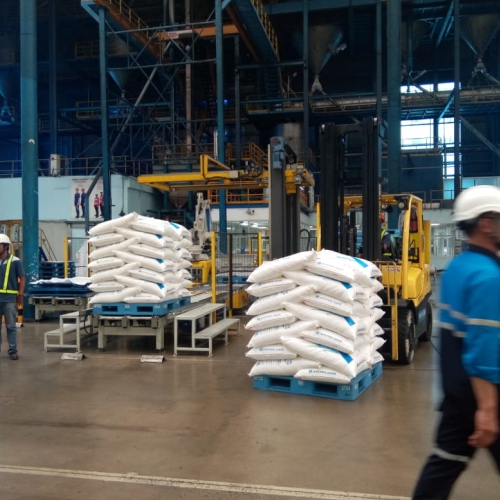Kolhapur : The Repo Rate, set by the Reserve Bank of India (RBI), is the rate at which the central bank lends money to commercial banks in the event of any shortfall of funds. This rate is a crucial tool for monetary policy, as it influences borrowing costs for banks, which in turn affects lending rates for consumers and businesses.
When the RBI adjusts the Repo Rate, it aims to achieve various macroeconomic objectives, such as controlling inflation, stimulating economic growth, and maintaining financial stability. The decision to change or maintain the Repo Rate is based on various factors, including inflation trends, economic growth projections, employment levels, and global economic conditions.
In the present scenario, with inflation dropping and the Consumer Price Index (CPI) within the desired range, the Banking Authority Of India under Chairmanship of RBI Governor Mr Shaktikant Das likely decided to keep the Repo Rate unchanged at 6.5%. This decision signals stability in monetary policy and aims to support economic growth while keeping inflation in check.
The impact of the Repo Rate on the economy’s transactions is multifaceted. Here’s how it affects different stakeholders:
1) Banks:
A lower Repo Rate incentivizes banks to borrow more from the RBI, leading to cheaper funds. Banks may pass on these lower borrowing costs to consumers and businesses through reduced lending rates, encouraging borrowing and spending, which can stimulate economic activity.
2) Consumers:
Lower lending rates make loans cheaper for consumers, including mortgages, car loans, and personal loans. This can increase consumer spending and investment, driving economic growth.
3) Businesses:
Reduced borrowing costs can benefit businesses by lowering their cost of capital, making investments more affordable. This can lead to increased business expansion, job creation, and overall economic activity.
Inflation: If the RBI wants to curb inflation, it may raise the Repo Rate to increase borrowing costs for banks. This makes borrowing more expensive, leading to reduced consumer spending and investment, which can help cool down inflationary pressures.
In summary, the Repo Rate is a crucial tool for the RBI to manage economic conditions, and its adjustments have significant implications for borrowing, spending, investment, and ultimately, the overall health of the economy.
It seems like the decision to keep the Repo rate unchanged at 6.5% brings mixed feelings for the sugar industry. While they were hoping for a reduction in interest rates to alleviate their financial burden, the unchanged rate means there won’t be an increase either. So, it’s a mixed outcome – some happiness and some disappointment for the industry.












